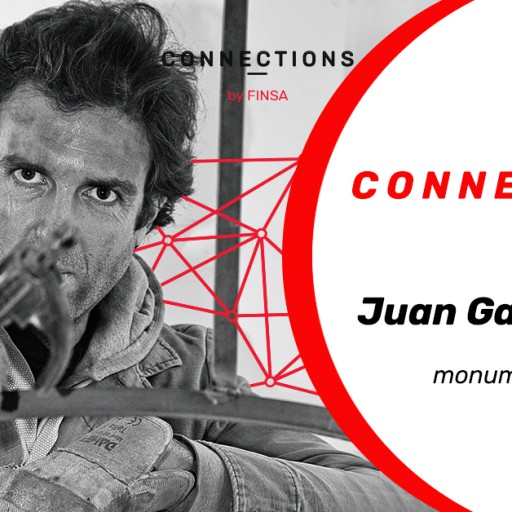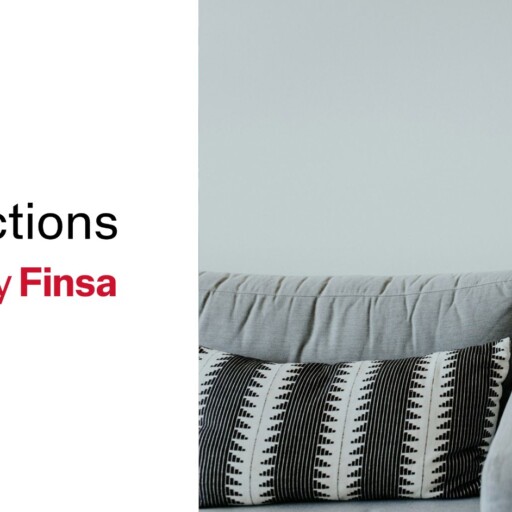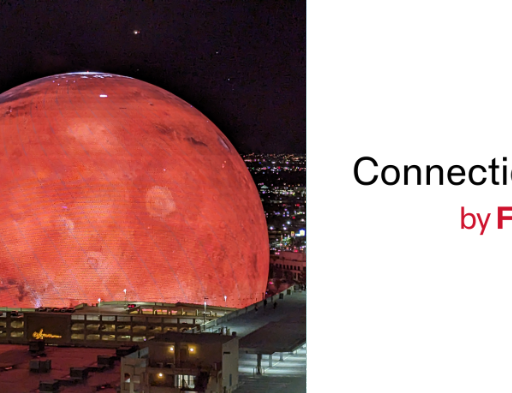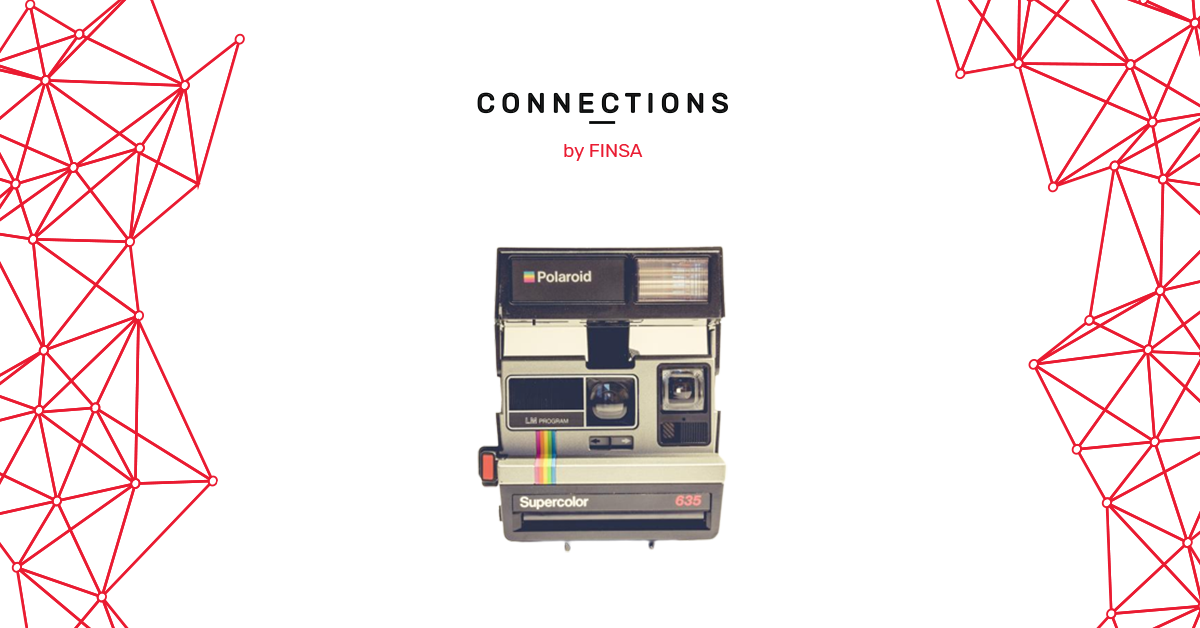
In the last few years, several big events have connected us to a peculiar emotion: uncertainty. Not being able to predict what might happen makes us want to trust in what has already happened because familiarity is our safest option. Reactivating that nostalgia transports us to better times and makes us fall in love in with the spaces we once enjoyed all over again. In this sense, remembering happy moments helps us to escape and to rediscover pleasant sensations.
Krystine Batcho, a psychology professor at Le Moyne College in Syracuse, New York, told National Geographic that “Generally, people find comfort in nostalgia during times of loss, anxiety, isolation, or uncertainty”. She says that familiar smells, colours, tastes, shapes and textures can help us rediscover our sense of optimism.
It will come as no surprise, then, that we are turning to decorative styles from the past that are connected to simpler and more peaceful times. The seventies are one of the most popular decades being revisited within this trend. An aged and saturated colour palette coupled with retro iconography have become some of the most common features of interior design today. In her book Clutter: An Untidy History, author Jennifer Howard says that “the pandemic has forced us to re-evaluate what we have, make better use of objects and space, and also see their value, often for the first time”. The book goes on to explain the value of homes and rooms that have their own personality, those spaces that highlight the emotional connections to the people who use them.
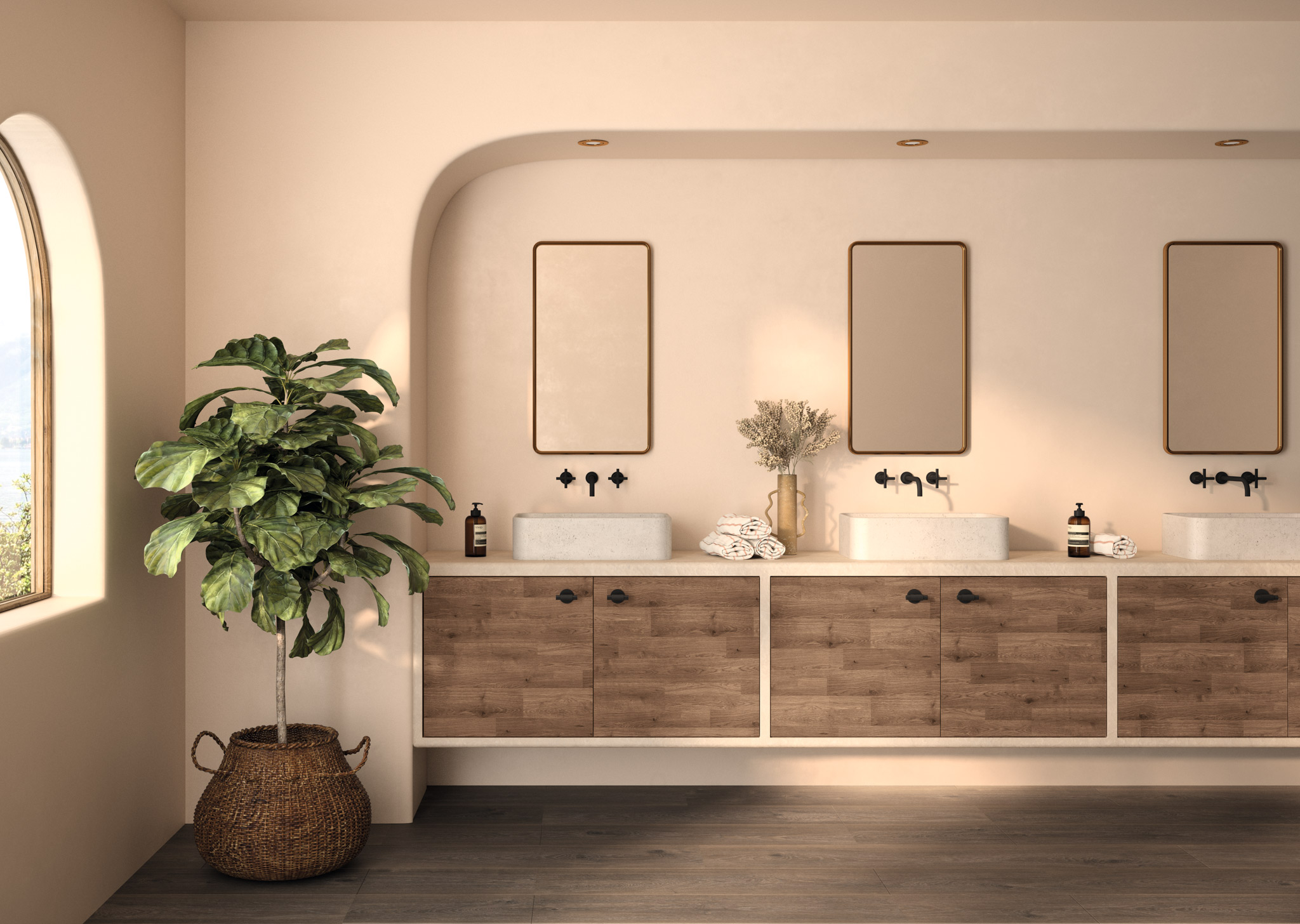
Looking to the future
Far from the idea that reliving the past must always be tinged with melancholy, the most popular concepts within this trend are actually hinting at the future. The past and what is yet to come are joining forces to create new aesthetics.
This isn’t about thinking that the past was better than the present. Rather, it’s about turning it into something different, something with potential. We’re seeing innovative spaces and products alongside icons of their time and rediscovered materials. One of these trends already has a name – Nostalgic Future – and was featured in Finsa’s inspiration catalogue. It has lots of different iterations, but we’re going to focus on two of them: New Retro and Always Classic.
New Retro
This concept is based on both getting back to the ‘old’ and updating these ‘relics’ by taking their shapes and colours to the next level. The identity of a space can be strengthened by vintage elements that encourage escapism. You can incorporate this style into a space by featuring caramel tones or marquetry.
Superimposing different layers is one of strategies being used to create spaces and products that have lots of detail. Lighting, glass, and other transparent materials reflect light and colour and connect the space to the vitality of times gone by. Combining these features with tech colour palettes brings everything into ‘new retro’ territory.
Other materials that form part of in this style include matte plastic finishes, quilted surfaces and foam, materials that play with sensations and appearance, opaque finishes alongside transparent ones, geometric shapes inspired by the digital world, metallic details with a futuristic touch, and synthetic, shiny, or nineties-ish fabrics.
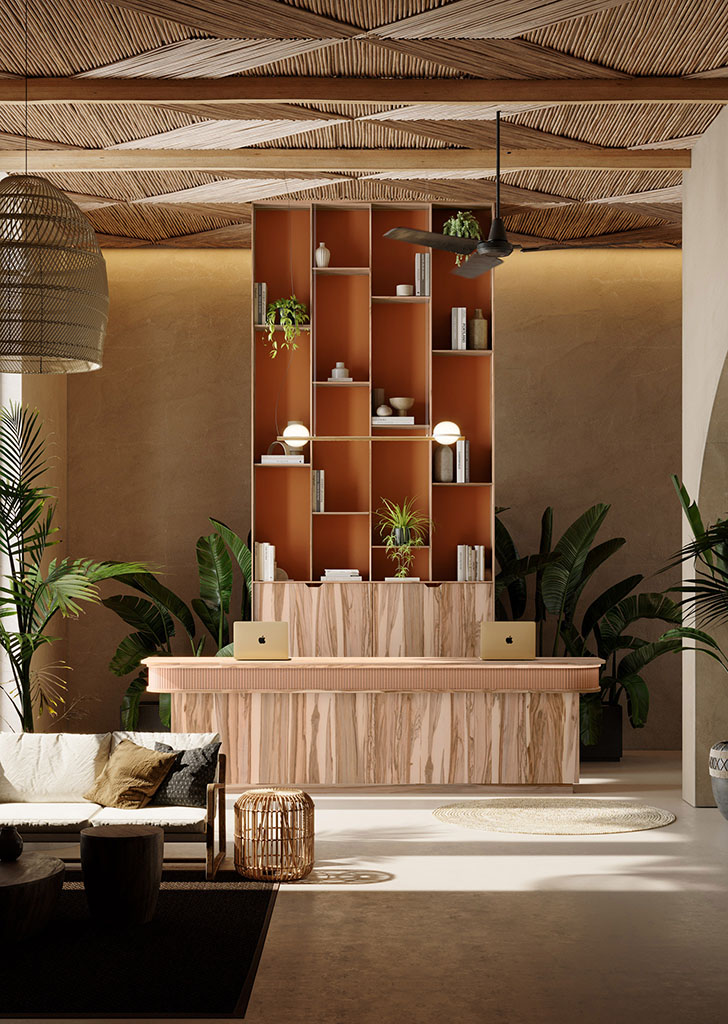
Always classic
Legacies are ever-present and they can’t just be pushed aside. It’s precisely that air of self-assured worth that makes homes in the ‘Always Classic’ style stand out. The elegance of anything classic and the beauty of traditional materials in architecture acts as a counterpoint to the ideas of Nostalgic Future. Sophisticated types of wood highlight the personality and uniqueness of a space, while familiar and rescued materials provide a sense of comfort, robustness, and trust.
Ronald Hutton, a history professor at the University of Bristol, notes that “there is a new longing to get back to society’s roots and to have a more organic relationship with the Earth and the past”. He studies these links closely, and there have been some changes. The ‘Days of Future Past’ trend is all about rediscovering the Italian style of the seventies and the organic, geometric decorative style of the twenties. But it’s not about ornate furniture. Rather, it’s all about excess and the elaborate, about spaces and products in which memory and reminiscing are part of the design.
This trend features warm, coppery tones, bright, retro-inspired colours, sets of geometric shapes, and traditional fabrics that take on a new identity, such as velvets and leather.
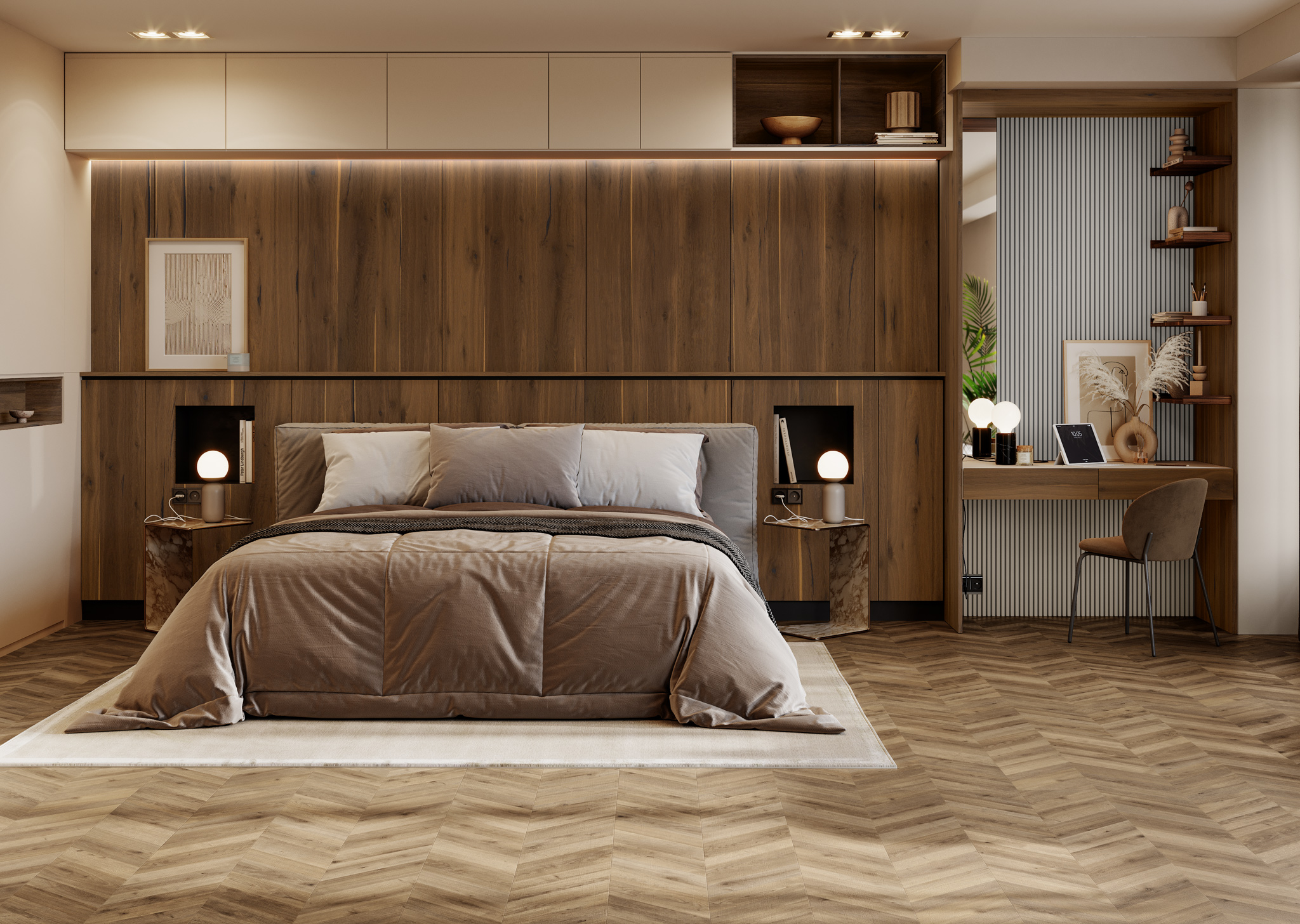
In addition to getting back to the more pleasant aspects of the past, another key aspect of these concepts is their contribution to a more sustainable planet. Rescuing things and giving them a second chance at life is a common practice among people interested in these trends. It’s all about bringing out the beauty in the spaces we inhabit, and if we can do that while keeping the environment in mind, even better.
Perhaps the most praiseworthy and worthwhile part of all this is how it takes the most beneficial parts of the past, combines them with modern-day elements that have positive qualities, and then personalises our spaces. Prioritise comfort in the spaces you use, give them their own personality and a sense of warmth, get back to what makes you feel alive, and try to include that in your everyday life. There is an old Spanish song with lyrics that say something like “you shouldn’t try to return to the place where you were happy”, but these places can act as refuges that inspire, motivate, and protect us. If we can detach from the sadness that comes with knowing there’s something to which we can never return, yet keep what serves us from our past experiences, we can tap into the creativity that comes with nostalgia, which is one of the best things we could possibly do with this feeling.


